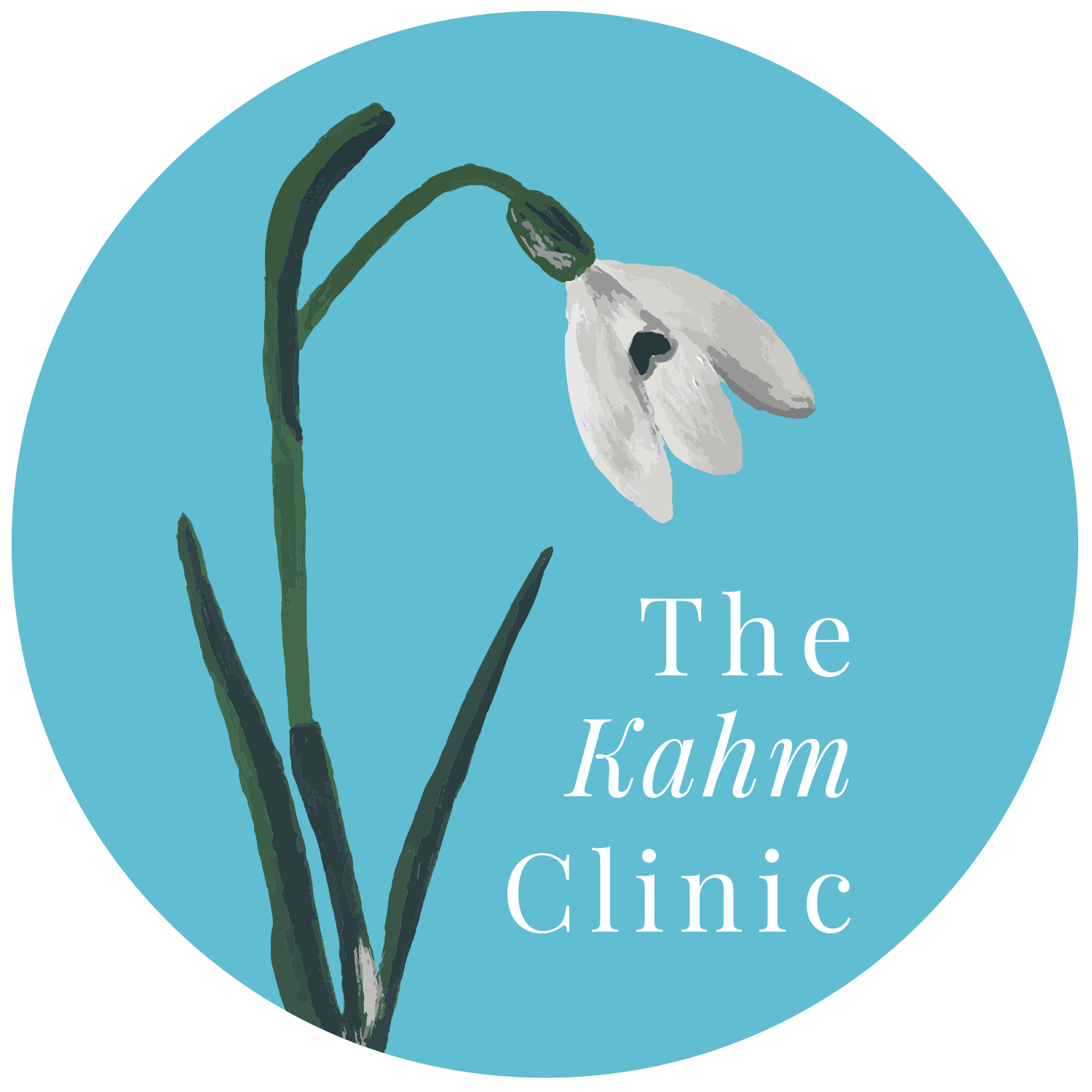Why Intuitive Movement Matters for Eating Disorder Recovery (Part Two)
Intuitive movement plays an important role in eating disorder recovery, as a patient’s relationship with exercise matters just as much as their relationship with food. Earlier this month, we defined this concept and looked at the first three steps for engaging with physical activity in a healthy and productive way.
As we continue exploring intuitive movement, let’s consider the mental health benefits of exercise.
Some of these advantages include:
Stress relief
A resolution for or release of bottled-up energy or agitation
A change of environment that often serves to refresh the senses
Pleasure (i.e. dancing with friends at a concert or enjoying nature during a hike)
By expanding the benefits of movement beyond weight loss, you become more motivated to make exercise a core part of your everyday routine.
When it comes to eating disorder recovery, it’s imperative that patients look at exercise through a lens of self-care rather than one of self-control and punishment.
At The Kahm Clinic, we often see patients struggle to moderate their exercise efforts. The drive to exercise is so intense — perhaps because it’s related to the goal of weight loss — that they begin to ignore signs from their bodies to slow down.
With that thought in mind, let’s consider some signs that you’re overdoing it.
Lower energy
Lower motivation
Feeling like you’re not making progress or performance gains
Yawning during a workout
Poor coordination
Vertigo or dizziness during workouts
A metallic taste in your mouth while exercising
Joint pain
Increased injuries
In some cases, you may not have any physical side effects but still feel disengaged from exercise — a mindset marked by a complete disinterest in moving your body. Depending on your history, this attitude may be an act of self-care. In other cases, though, it’s important to check-in with your body and determine the root cause of this feeling. Ask yourself questions like:
Do I have any pain or stiffness?
Does it hurt to stand up or sit down?
Do I struggle with coordination and/or balance?
Are household activities or daily tasks too challenging to complete?
If so, it may be time to begin gently conditioning your body again in an effort to gain more empowerment and accessibility in your day-to-day life.
If you have a specific pain in your body (like your knee or hip), consider visiting your primary care physician to receive a referral for physical therapy. In some cases, your insurance may cover the cost or at least a portion of it. Regular appointments with a massage therapist can help with aches and pains as well. If you’re interested in yoga, look for an instructor who focuses on beginner skills and basic accessibility. If you want to pursue strength training, look for a personal trainer who is certified in functional movement or corrective exercise.
However you move forward in your relationship with exercise, take a smart approach that puts your eating disorder recovery and your body first.
Accept your present circumstances and take the right first step to ensure that you’re on a path of success.
Subscribe to our YouTube channel for our video content. To talk to a professional about eating disorder treatment, please reach out to our staff or schedule an appointment at The Kahm Clinic today.

